Aomori Travel Guide
Aomori Tourist Attractions
Aomori Featured Restaurants
Perched upon the very northern tip of Honshu, Japan’s main island, you’ll find Aomori Prefecture: a rugged region of mountains, forests, and coastline and the historic gateway to wild Hokkaido in the north. The capital city of the same name — though small by Japanese standards, with only around 300,000 people — has thrived as a wealthy port town since the Edo era. Here you’ll find bustling markets, great museums, and one of the liveliest and most colorful festivals anywhere on earth: Nebuta Matsuri.
The prefecture also has plenty of gastronomic accolades to boast of; over half the apples in Japan are grown here. The locals are so crazy about their delicious fruit that there’s even an onsen in Hirosaki where you can bathe among them as if you’re playing an ultra luxurious game of bobbing for apples.
On top of that, the pure water of the mountain streams in Aomori make for excellent sake brewing, so you’ll find many of the most prestigious brands in the country operating out of here. Bordered on three sides by the ocean, it’s also a haven for seafood lovers. Given the relatively cold climate of these northern reaches, you’ll find the local catches incorporated into delicious, warming dishes like soups and stews.
Though this prefecture enjoys plenty of seaside, the expansive Aomori coastline isn’t always well-suited to sunbathers; the wild and wind-beaten seaside of Aomori has some spots reserved only for the adventurous, such as the sulphureous landscape of the Shimokita Peninsula, said to resemble Buddhist hell! Whether you’re seeking such Dante-esque adventure, or just a fix of vibrant historic culture, pristine forest treks, or just some good eating, Aomori has you covered.
What to eat in Aomori?
What are the best things to do in Aomori?
Where to Go Hiking in Aomori?
What is Aomori famous for?
What to buy in Aomori?
Sign up for insider tips & sneak peeks into the diverse world of dining in Japan
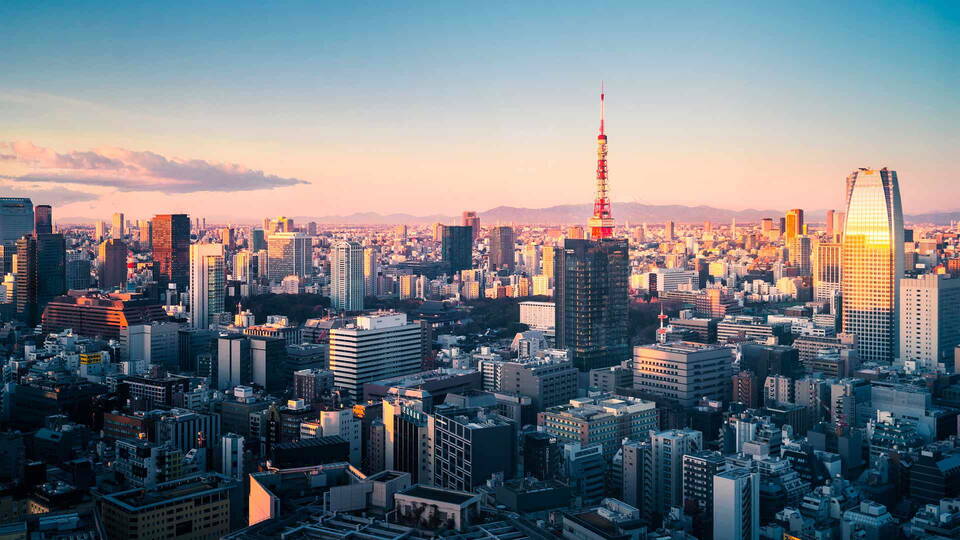 Tokyo
Tokyo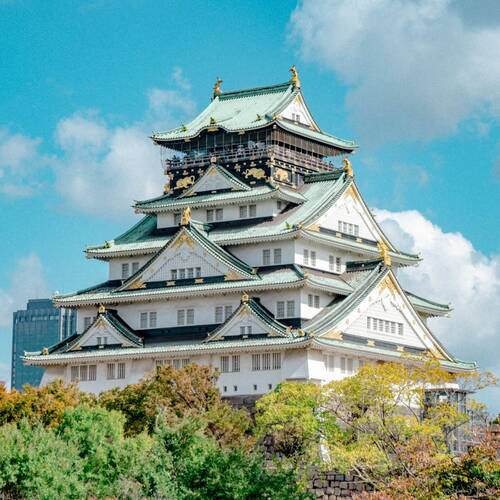 Osaka
Osaka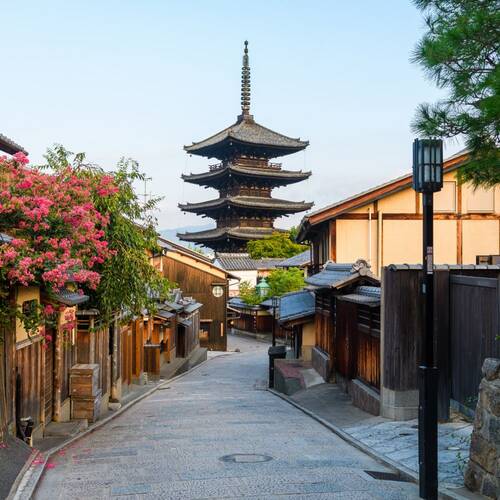 Kyoto
Kyoto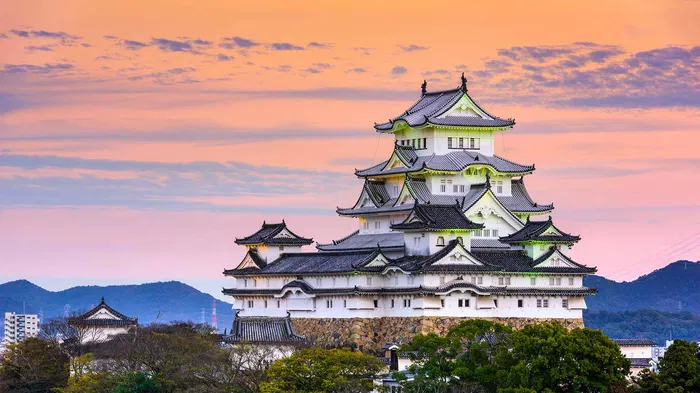 Hyogo
Hyogo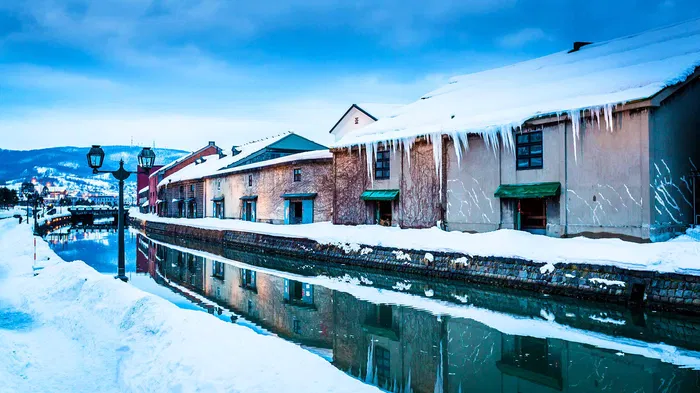 Hokkaido
Hokkaido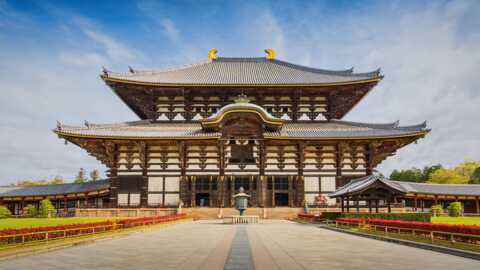 Nara
Nara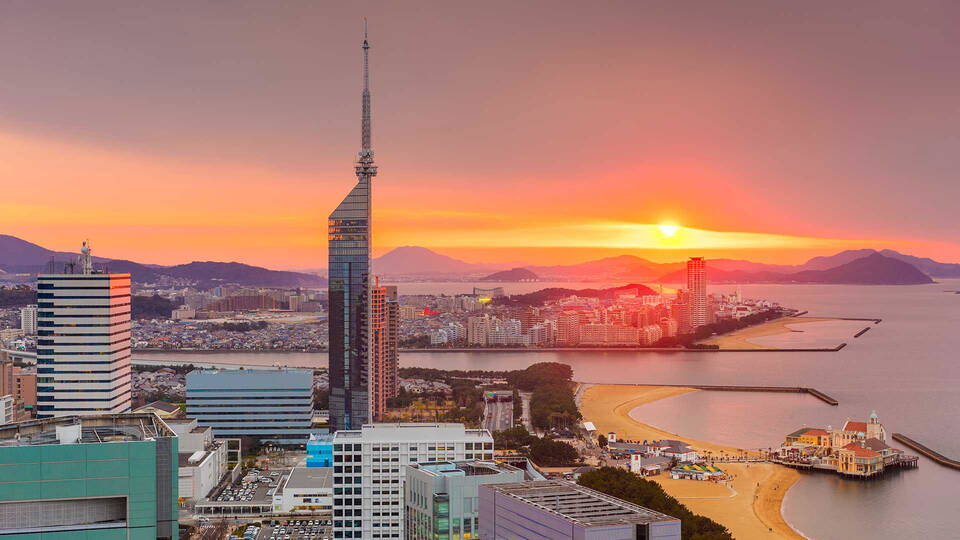 Fukuoka
Fukuoka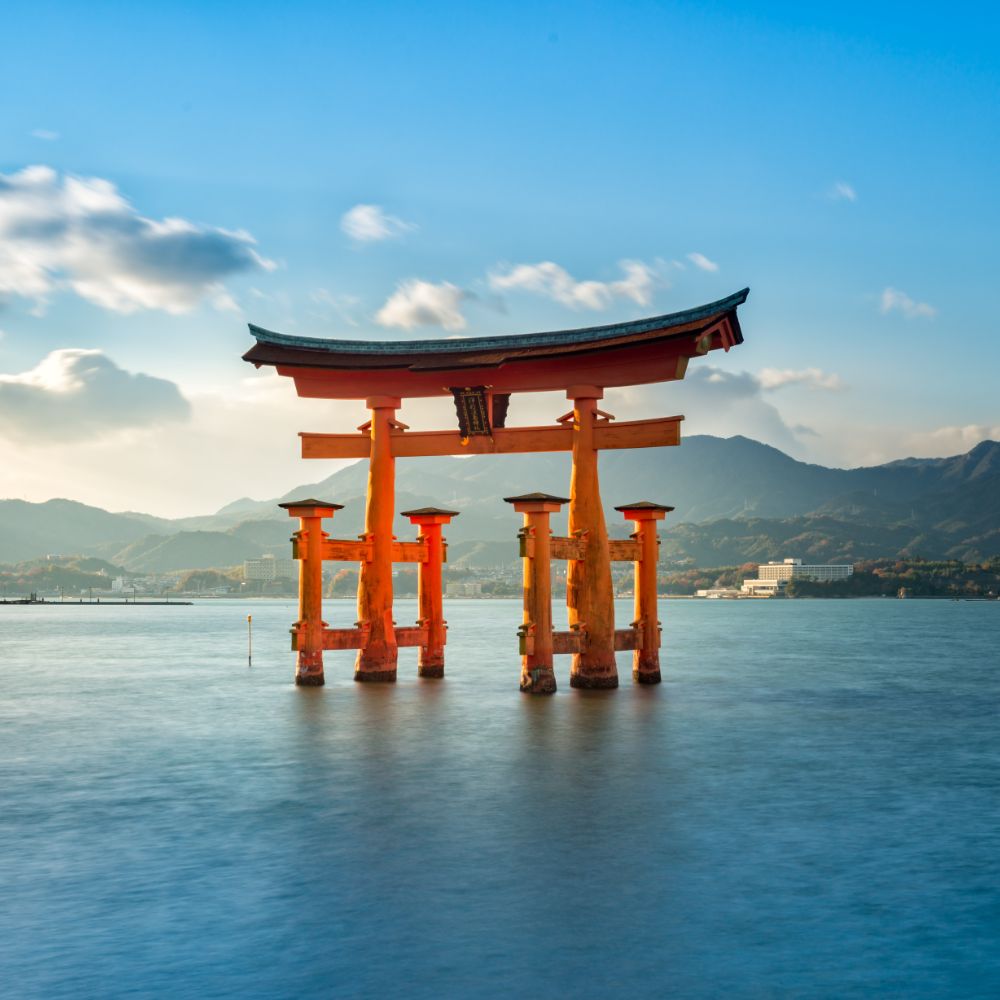 Hiroshima
Hiroshima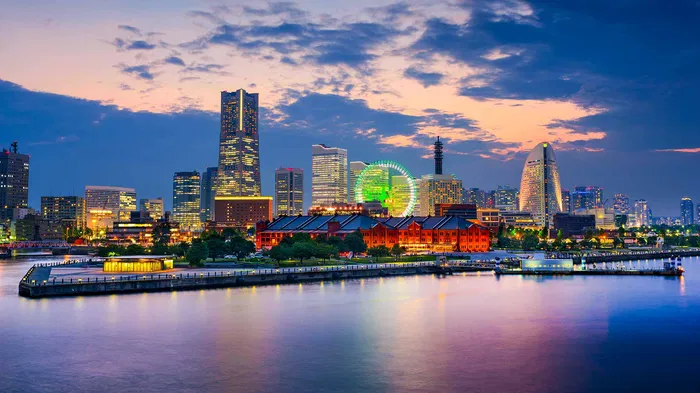 Kanagawa
Kanagawa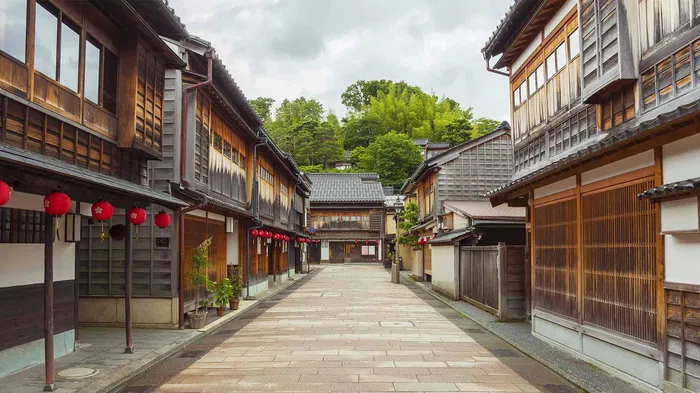 Ishikawa
Ishikawa Florence
Florence Paris
Paris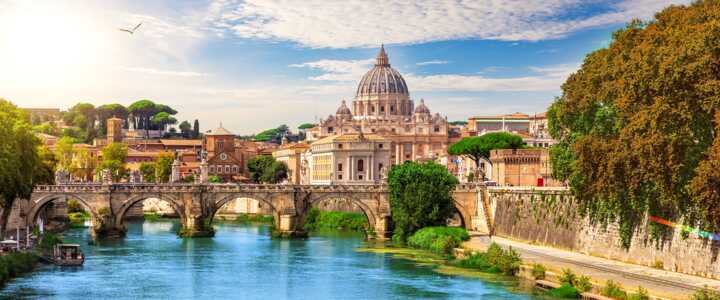 Rome
Rome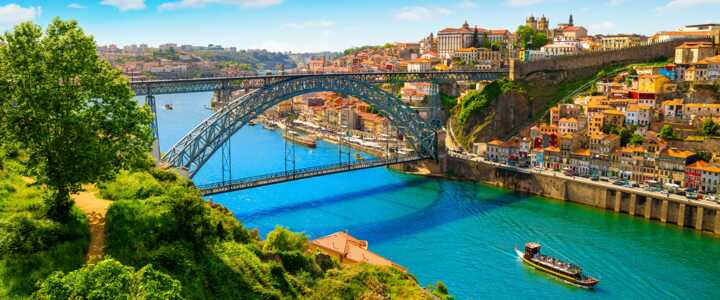 Porto
Porto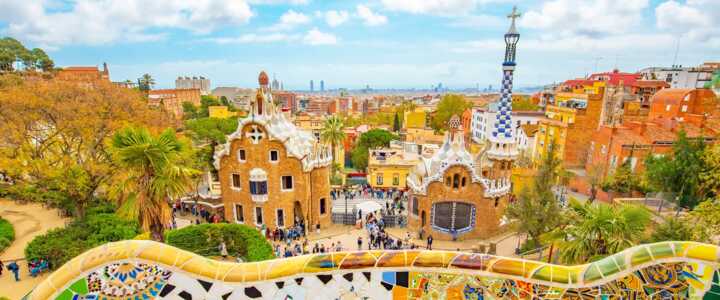 Barcelona
Barcelona New York
New York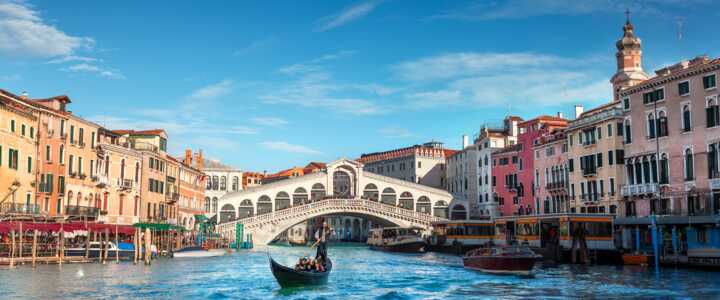 Venice
Venice Madrid
Madrid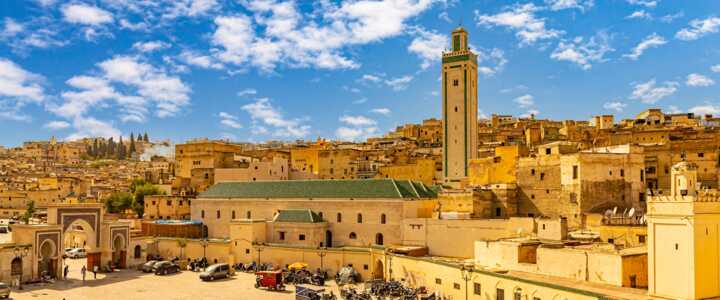 Marrakesh
Marrakesh Istanbul
Istanbul


